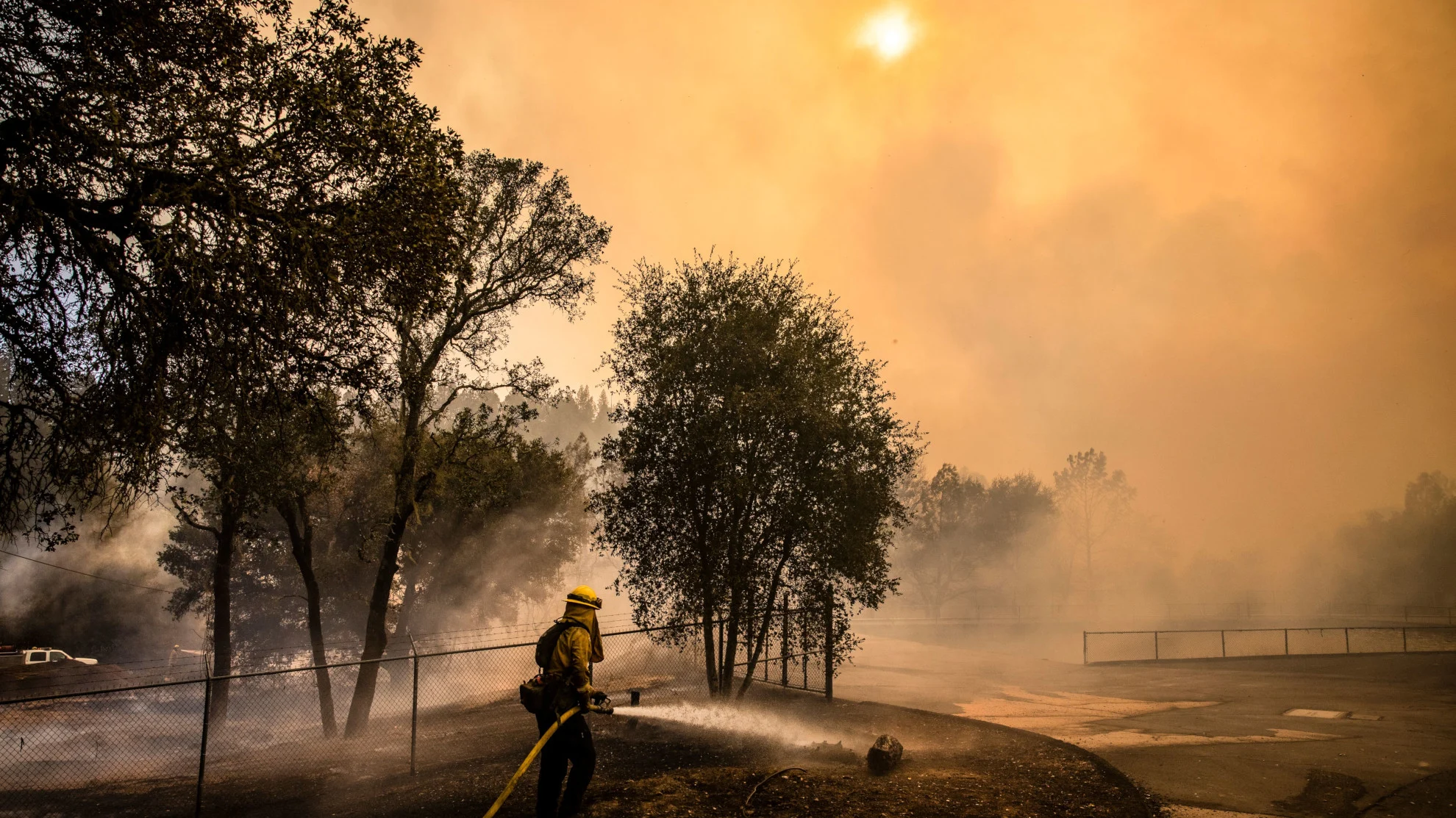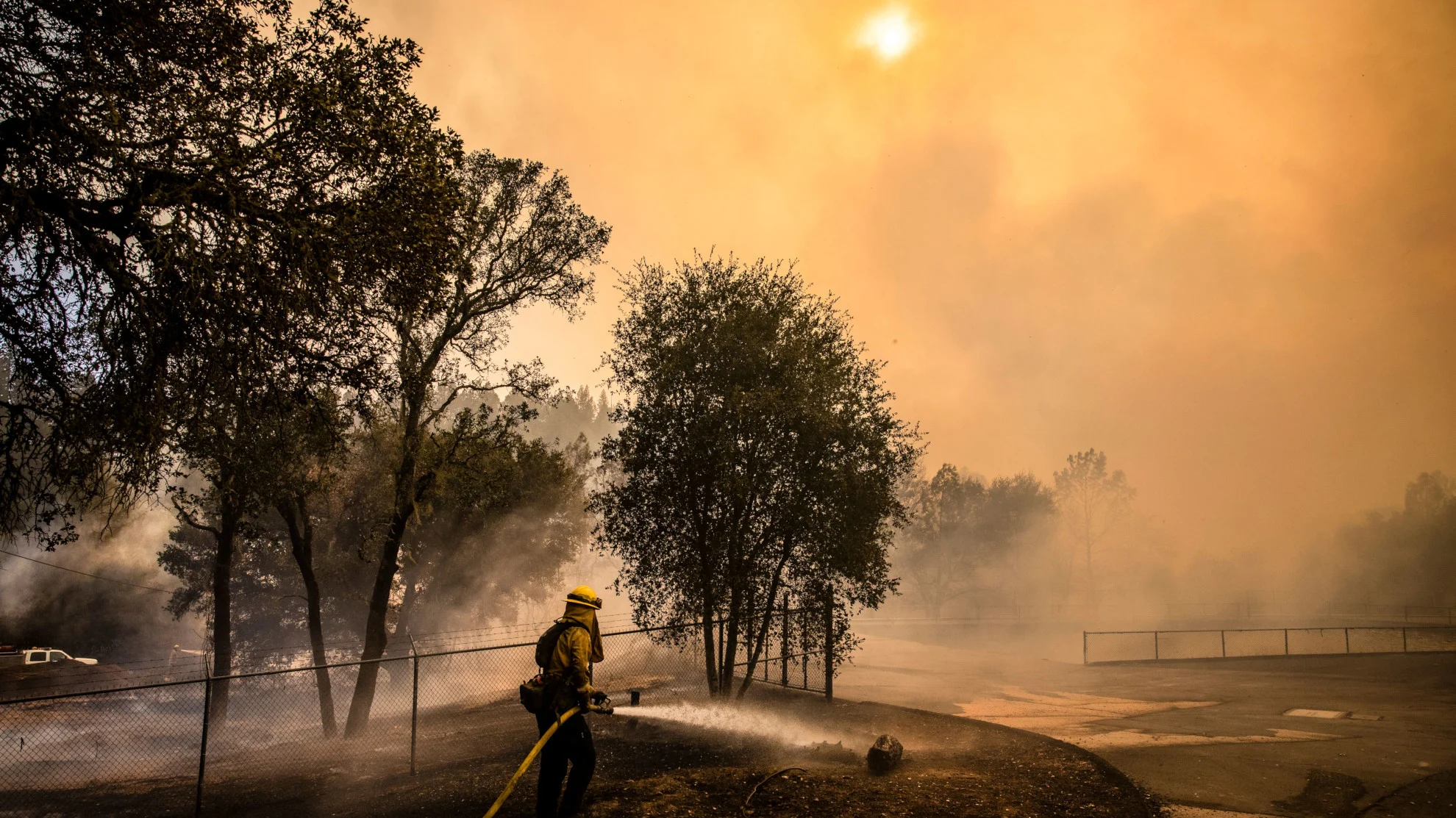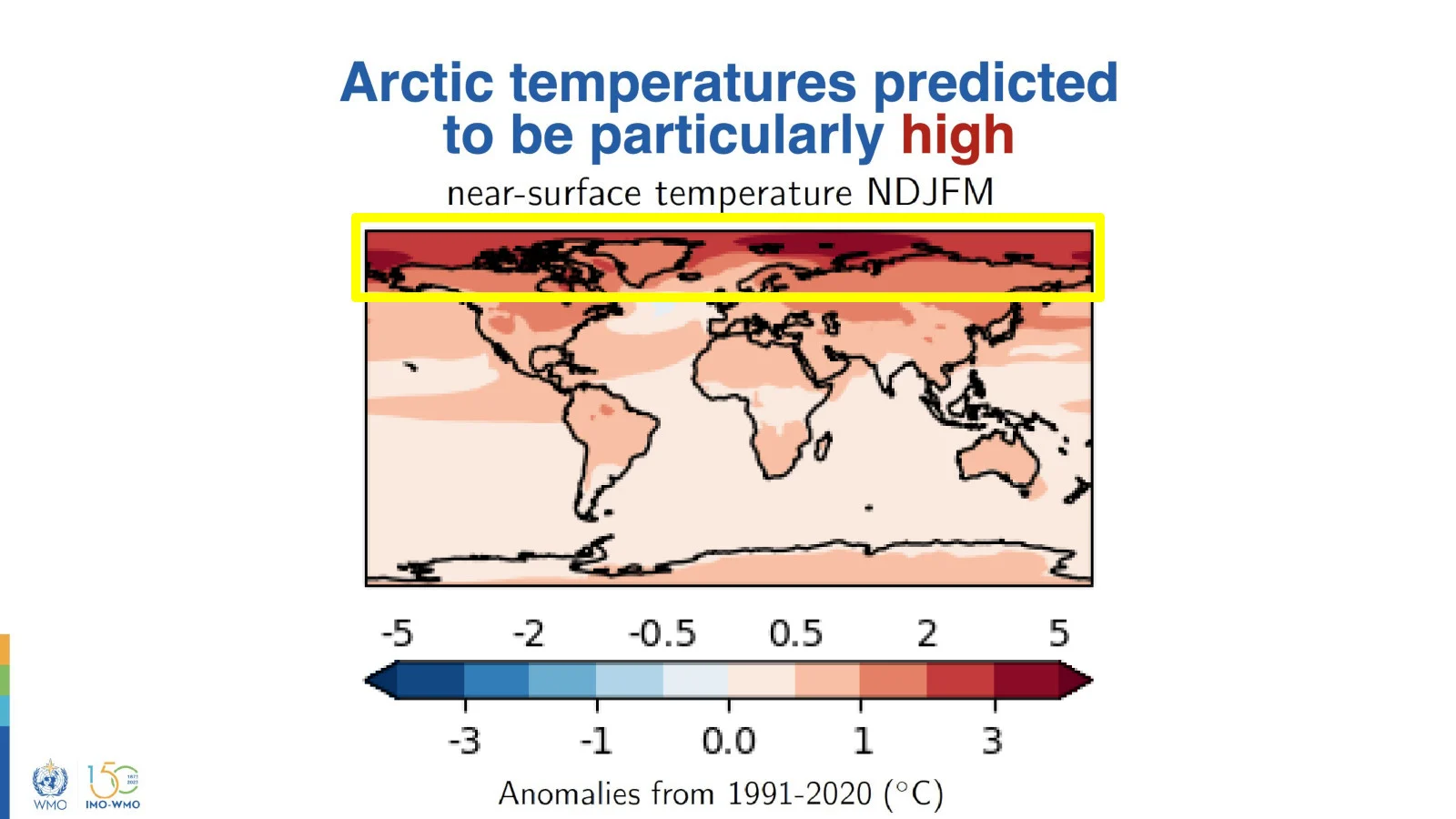
Next five years will smash global temperature records, says WMO report
There is only a very slim chance we will get through the next five years without seeing a new hottest year on record.
A new report contains dire predictions for the next five years, with temperatures rising to new record levels, continued ocean heating and acidification, sea ice loss and glacier melt, sea level rise, and more extreme weather.
The new Global Annual to Decadal Climate Update, 2023-2027, released this week by the World Meteorological Organization (WMO), states there is a near certainty at least one year out of the next five will beat out 2016 as the new hottest year on record. There is equal certainty (98 per cent) that the next five years, together, will also be the warmest five-year period on record.
In addition, based on the report, yearly average temperatures are expected to be from 1.1°C to 1.8°C above the pre-industrial average between 2023 and 2027. This includes a roughly 66 per cent chance that one year out of the next five will exceed 1.5°C above pre-industrial levels.
“This report does not mean that we will permanently exceed the 1.5°C level specified in the Paris Agreement which refers to long-term warming over many years,” WMO Secretary-General Petteri Taalas said in a press release. “However, WMO is sounding the alarm that we will breach the 1.5°C level on a temporary basis with increasing frequency.”

(WMO)
According to the WMO, the chance of one year reaching or rising above 1.5°C has increased dramatically. In 2015, the chance was near zero. From 2017 to 2021, it was 10 per cent. Now it has jumped up to 66 per cent.
“Global mean temperatures are predicted to continue increasing, moving us further and further away from the climate we are used to,” Dr. Leon Hermanson, the UK Met Office scientist who led the report, said in the WMO press release.
As global temperatures rise, the loss of sea ice and glaciers accelerates, precipitation rates around the world are altered resulting in flooding and drought, sea level rise increases, and the likelihood of extreme weather and wildfires grows worse.

A firefighter works to protect the St. Helena Water Treatment Plant from the Glass Fire in Napa Valley, Calif., on Sept. 27, 2020. Although the cause of the fire was unknown, due to the exceptionally dry conditions in the region, it spread to cover nearly 4,500 hectares in just 24 hours. (Samuel Corum/AFP via Getty Images)
READ MORE: Ocean temperatures now hotter than ever recorded. El Niño will drive them higher
While the report focuses largely on a global view of the next five years, it also highlights several expected regional impacts.
For instance, winters from 2023 to 2027 are expected to be warmer than normal across nearly the entire globe. However, during those winters, the Arctic is projected to be over three times hotter than the global average.

This graphic, posted to Twitter by the WMO, reveals just how much warmer the Arctic is compared to the rest of the globe during the winter months over the next five years. (WMO)
These reports, which are issued on a yearly basis by the WMO, provide a glimpse of the projected near-future impacts of human-caused climate change, along with how those impacts may combine with naturally-occurring events such as El Niño.
“A warming El Niño is expected to develop in the coming months and this will combine with human-induced climate change to push global temperatures into uncharted territory,” Prof. Taalas said. “This will have far-reaching repercussions for health, food security, water management and the environment. We need to be prepared.”
SEE ALSO: How just 1% of farmland could meet one third of Canada’s energy needs
Although the possibility of global average temperatures exceeding 1.5°C continues to rise, many experts have already laid out pathways to avoid crossing that threshold permanently.
In April 2022, the Intergovernmental Panel on Climate Change (IPCC) recommended that: "limiting global warming will require major transitions in the energy sector. This will involve a substantial reduction in fossil fuel use, widespread electrification, improved energy efficiency, and use of alternative fuels (such as hydrogen).”

